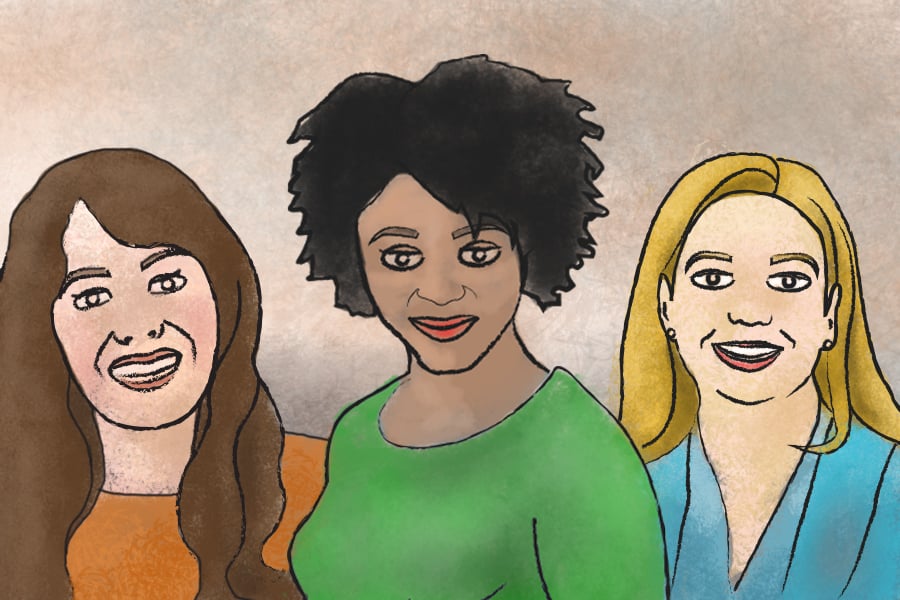The Australian government is set to start work on its 10-year plan to increase the number of girls and women in science, technology, engineering, and maths (STEM) it announced in the May Budget.
The government allocated $4.5 million for a handful of initiatives, including the 10-year ‘Women in Science Strategy’ to “help coordinate the government’s efforts” to increase the participation of women in STEM, a Girls in STEM Toolkit to help girls in schools understand what a STEM career can involve and how their interests can be matched to a STEM role, and a Women in STEM Ambassador.
In starting its development of the plan, the government will run a number of industry consultations around Australia, and is calling for submissions to a discussion paper outlining the issues the plan will aim to address.
Karen Andrews, the new Minister for Industry, Science, and Technology, said the plan is to be a roadmap to create gender equity for STEM.
“As the Minister for Industry, Science and Technology and a mechanical engineer – one of the first two female graduates from the Queensland University of Technology – I am passionate about this issue,” she said.
“Increasing participation in STEM by girls and women isn’t just about equity and individual opportunity: it is about the strength of Australia’s research and our scientific and business capability.”
Along with the expected questions around what changes need to occur to enable more girls and women to participate in STEM education and what existing initiatives are making the most impact, the discussion paper is also asking respondents to consider what societal and regulatory issues will have the greatest impact on women in STEM, and how those barriers can be addressed.
It also poses the question of how the plan can address the backlash and resistance to change that will come as it looks to make progress towards gender equity in STEM.
Minister for Jobs and Industrial Relations and Minister for Women, Kelly O’Dwyer, said, “STEM skills are critical to future jobs and to Australia’s ongoing prosperity.
“We can’t compete with countries around the world with one hand tied behind our backs – we need all Australians to have the same opportunities to study and work in STEM related careers.
The uphill battle to engage girls in STEM was outlined in a 2016 report from the Office of the Chief Scientist.
The Busting Myths About Women in STEM report found two thirds of children aged nine to eleven draw a man when asked to draw a scientist, while girls in year four are less confident in their maths abilities than boys.
According to the report, this belief that there is an innate gap in ability has broad ramifications, as maths is a gateway subject for science. This belief and resulting difference in societal expectations for male and female students can then develop into a different experience of teaching and learning, further exacerbating the problem.
This experience can also flow into the home: a survey of parents in 10 OECD countries finding that they were more likely to expect their sons to work in a STEM field than their daughters.
There are then, of course, the challenges facing women who do work in STEM: a 2017 survey found 75 percent of women working within the STEM private sector intend to leave their careers within the next five years, with the lack of opportunities for career advancement the most common reason cited.
The consultation events kick off in Victoria next week.




















Trending
Daily startup news and insights, delivered to your inbox.